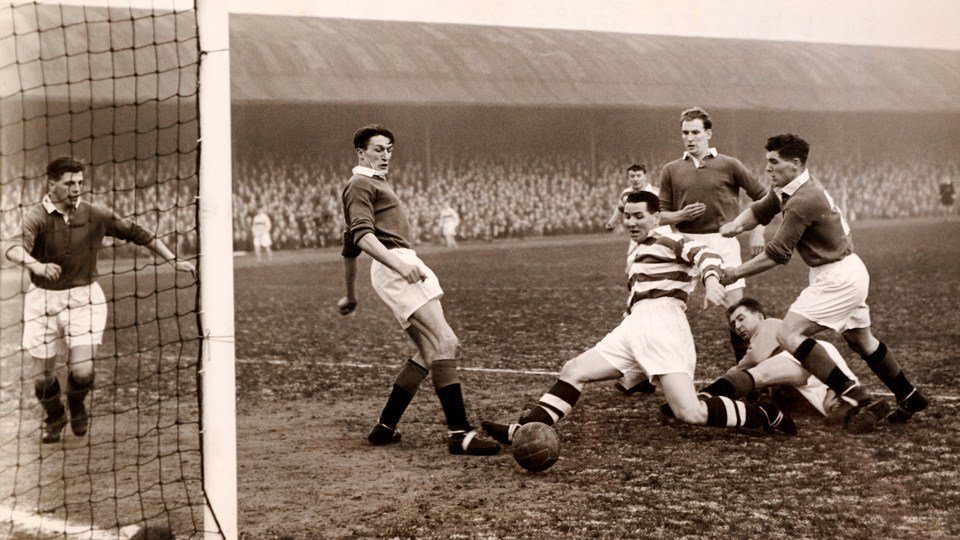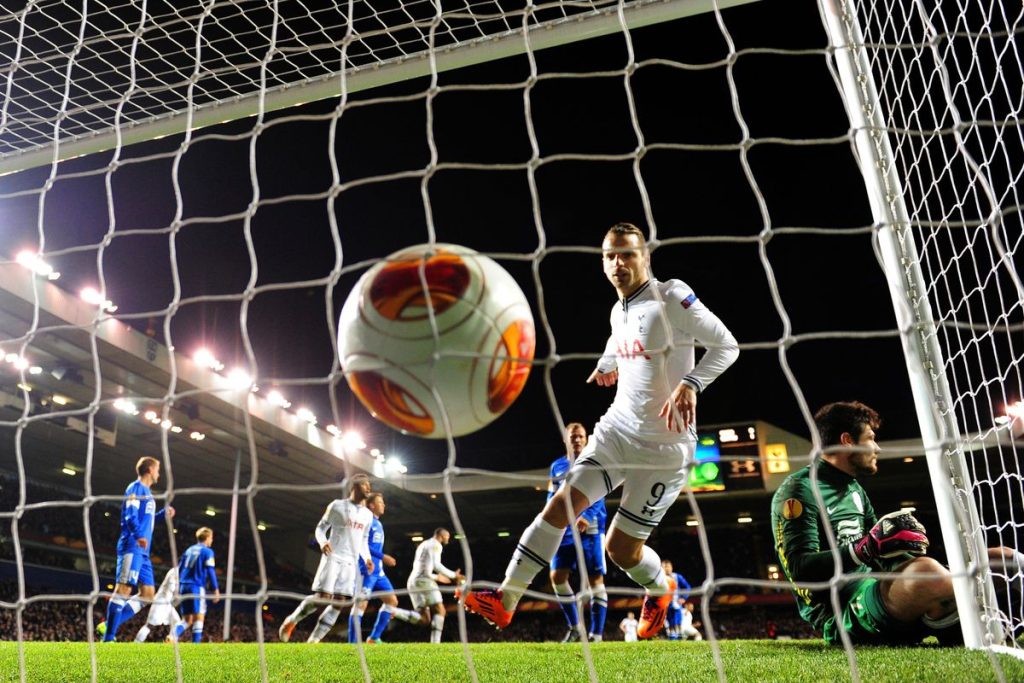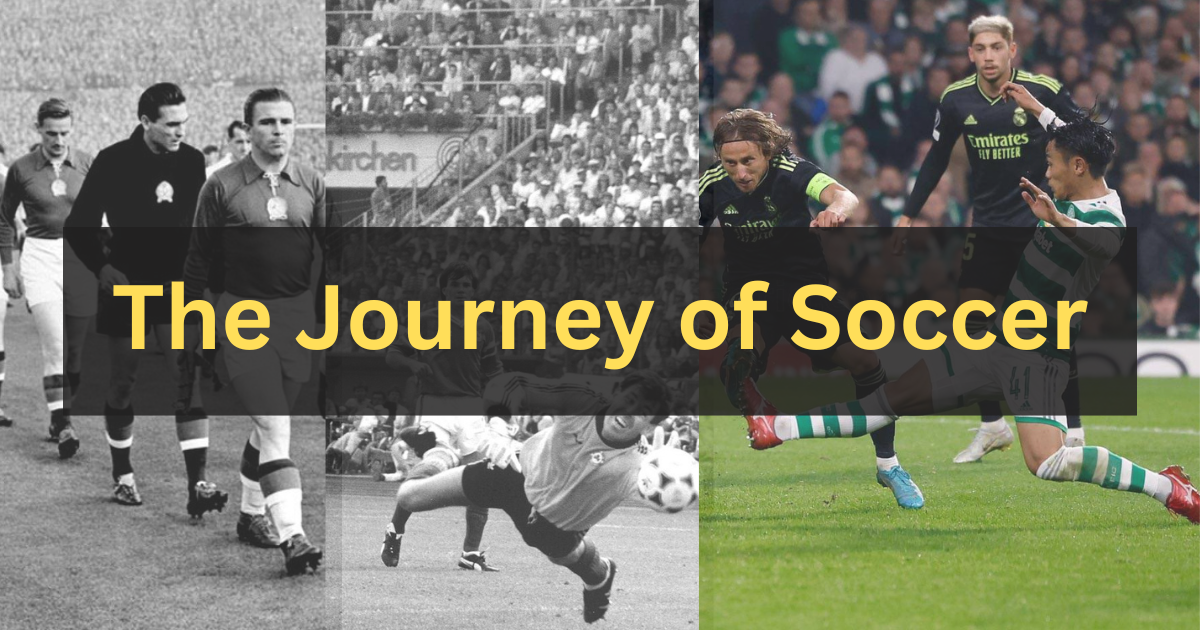Soccer’s enthralling history is an emblem of the sport’s everlasting appeal. A journey that started in ancient fields has made its way to luminous stadiums, captivating billions worldwide. In this piece, we’ll elucidate this transformation with a chronological table to navigate soccer’s journey seamlessly.
1. Soccer’s Primordial Footprints
In the annals of history, many ancient civilizations played games that, in essence, resembled soccer. These primitive forms were more than mere games; they often bore cultural and ritual significance.
2. From Feudal Feuds to Refined Recreation
Fast-forward to medieval Europe, where versions of soccer were more communal. Towns competed against each other in boisterous, often unruly, matches that sometimes lasted days and covered vast expanses.
3. A Modern Genesis: Standardization and Structure
The disarray of varied soccer formats called for standardization. The 19th century bore witness to this pivotal transformation in England, which would later be recognized as modern soccer.

4. Soccer’s Global Renaissance
Post its structuring in England, the beautiful game began to spread its wings. The formation of international governing bodies and the inception of international tournaments endorsed soccer’s global appeal.
5. Digital Age and Soccer’s Futuristic Facade
The contemporary era of soccer has seen technological innovation and infrastructural marvels that have reshaped the viewer’s experience and the very fabric of the game.
A Chronological Overview: Soccer Through The Ages
| Time Period | Region | Highlight |
|---|---|---|
| c. 206 BC | China | Cuju – Kicking a leather ball filled with feathers into a net. |
| c. 400 BC | Greece | Episkyros – A blend of soccer and rugby with a focus on physicality. |
| c. 100 AD | Rome | Harpastum – Played with a smaller ball, akin to Episkyros but more violent. |
| Middle Ages | England | Mob Football – Unlimited participants, minimal rules, and often violent. |
| 16th Century | Italy | Calcio Storico – A mix of soccer, rugby, and wrestling in Florence. |
| 1848 | England | Cambridge Rules – An attempt at a standardized approach. |
| 1863 | England | Formation of the Football Association (FA), leading to universally accepted rules. |
| 1904 | Global | Foundation of FIFA, heralding a new era of international soccer. |
| 1930 | Uruguay | Inception of the FIFA World Cup, the most prestigious soccer tournament. |
| 21st Century | Global | Advent of technology: VAR, goal-line technology, and state-of-the-art stadiums. |

Conclusion:
Soccer’s transformation from rudimentary recreational activities in ancient pastures to technologically advanced spectacles in architectural marvels underlines its profound influence. The sport, which started as a simple ball game, has echoed through time, binding generations, cultures, and continents. Soccer’s tapestry, rich in history and innovation, continues to inspire and will undoubtedly enthral future generations.

